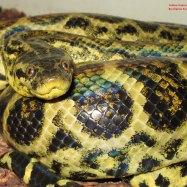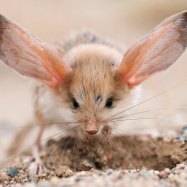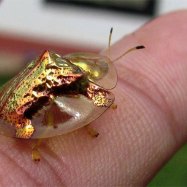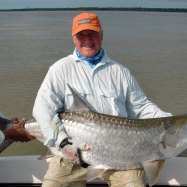
Swai Fish
Up to 120 cm
Swai Fish is a popular delicacy in many parts of the world. These freshwater fish can grow up to 120 cm in length, with a sleek and elongated body shape. Known for their mild and sweet flavor, Swai Fish are commonly found in the Mekong River, making them a staple in Southeast Asian cuisine. Try this delectable fish and taste the flavors of the Mekong River.
Animal Details Summary:
Common Name: Swai Fish
Kingdom: Animalia
Habitat: Freshwater
The Fascinating Swai Fish: A Remarkable Freshwater Creature from Southeast Asia
The world beneath the water is filled with wonder and enchantment, with diverse and extraordinary creatures inhabiting every corner of the ocean. But some of the most intriguing beings can be found not in the vast seas, but in the serene freshwater rivers and streams. And nestled among the lush landscapes of Southeast Asia lies a remarkable creature, the Swai Fish, with an equally remarkable story.Meet the Swai Fish
The scientific name for this fascinating fish is Pangasianodon hypophthalmus, but it is more commonly known as Swai Fish Swai Fish. It belongs to the Animalia kingdom and falls under the phylum Chordata. Swai Fish are a part of the actinopterygii class, which includes all ray-finned fishes, and the Siluriformes order, which are catfishes. Swai Fish are members of the Pangasiidae family, a group dominated by freshwater fishes found in Southeast Asia.Originally from the Mekong River in Vietnam, Swai Fish have become popular for their unique and intriguing features, making them a must-see for every aquatic enthusiast. Their greyish-brown coloration and sleek, elongated body shape make them easily identifiable. These fish can grow up to an impressive length of 120 cm, making them one of the largest species of catfish in the world.
Home Sweet Home
Like most freshwater creatures, Swai Fish prefer habitats with a steady flow of water and a moderate depth. They can typically be found living in rivers, streams, and even man-made fishponds. Their natural habitat often contains rocky or sandy bottoms, providing an ideal location for them to seek shelter and hide from predators Scaleless Ball Python. Swai Fish are also able to adapt and thrive in a variety of temperatures, making them a hardy species even in unpredictable climates. Hence, it's no wonder they are commonly found in Southeast Asia, where the climate is tropical and humid.Eat, Sleep, Repeat
As omnivores, Swai Fish feed on a variety of food sources, including fish, insects, crustaceans, and plants. This diverse diet allows them to thrive in various types of habitats, as they can easily find and consume whatever food is available. They are opportunistic feeders, meaning they constantly search for food and eat whenever they come across it. This feeding method is beneficial as it allows them to consume a sufficient amount of nutrients, helping them to grow and maintain their health.Around the Globe
While Vietnam is the country of origin for Swai Fish, they are now found in many other parts of the world. They have become popular in many countries due to their delicately textured meat and mild flavor. Today, Swai Fish are commonly imported to the United States from Vietnam, Thailand, and other Southeast Asian countries, where strict quality control measures ensure their safe and sustainable farming. Their high demand among seafood lovers has also led to the introduction of Swai Fish farms in many other countries, including India, China, and Bangladesh.A Sustainable Choice
The rising demand for seafood has put a lot of pressure on our oceans, leading to overfishing and depletion of marine resources. However, Swai Fish farming is considered to be a sustainable option in comparison to many other kinds of fish farming. They have a lower feed conversion ratio, meaning less food is required to grow one pound of fish compared to other species. Additionally, they can be raised in a controlled environment, reducing the risk of water pollution. This makes Swai Fish a more environmentally friendly choice for consumers concerned with sustainable seafood sources.Adapting to Change
In recent years, Swai Fish farming practices have been evolving, with many farmers adopting more sustainable and ethical methods. This includes using feed made from sustainable ingredients, ensuring appropriate space for the fish to grow and reducing their carbon footprint. This change is not only beneficial for the environment but also for the fish, as it leads to a better quality of life for them. By supporting these sustainable farming practices, consumers can help preserve the delicate balance of our ecosystem while still enjoying the delicious and nutritious Swai Fish.Final Thoughts
The Swai Fish's story is not just about a unique species of fish, but also about the delicate relationship between humans and the environment. It is a reminder that every action we take can have a significant impact on the world around us, and that by making responsible and sustainable choices, we can help preserve the diverse and wondrous creatures that call our planet home.So the next time you come across Swai Fish in your local market or a seafood restaurant, take a moment to appreciate this extraordinary freshwater animal, and consider choosing it as your sustainable seafood choice. By ensuring the survival of these remarkable creatures, we can contribute to the greater cause of preserving our planet for future generations to come.

Swai Fish
Animal Details Swai Fish - Scientific Name: Pangasianodon hypophthalmus
- Category: Animals S
- Scientific Name: Pangasianodon hypophthalmus
- Common Name: Swai Fish
- Kingdom: Animalia
- Phylum: Chordata
- Class: Actinopterygii
- Order: Siluriformes
- Family: Pangasiidae
- Habitat: Freshwater
- Feeding Method: Omnivorous
- Geographical Distribution: Southeast Asia
- Country of Origin: Vietnam
- Location: Mekong River
- Animal Coloration: Greyish-brown
- Body Shape: Sleek and elongated
- Length: Up to 120 cm
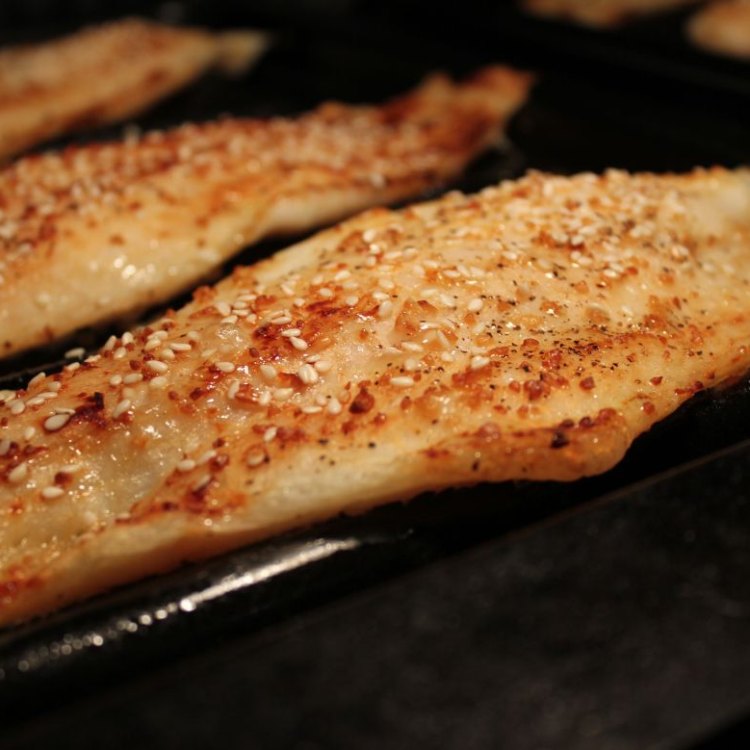
Swai Fish
- Adult Size: About 80-90 cm
- Average Lifespan: 5-10 years
- Reproduction: Egg-laying
- Reproductive Behavior: Form breeding pairs
- Sound or Call: No sound production
- Migration Pattern: Unknown
- Social Groups: Usually solitary
- Behavior: Active during night
- Threats: Overfishing, habitat destruction
- Conservation Status: Not evaluated
- Impact on Ecosystem: Top predator
- Human Use: Commercial fishing
- Distinctive Features: Adipose fin, long barbels
- Interesting Facts: Commonly sold under various names such as Basa, Tra, or Pangasius
- Predator: Larger fish, birds of prey
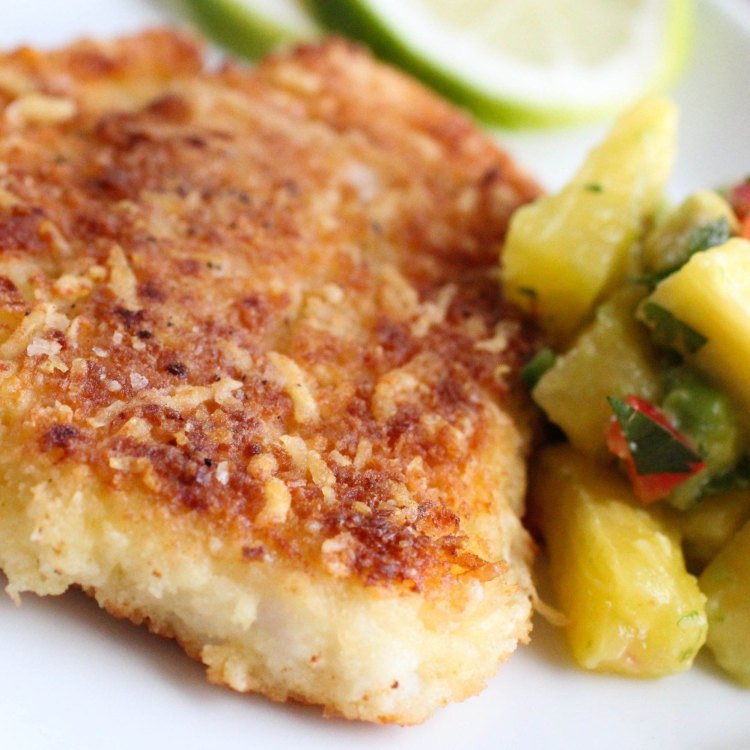
Pangasianodon hypophthalmus
The Fascinating World of Swai Fish: From Freshwater Homes to Commercial Fishing
When it comes to freshwater fish, one may think of popular species such as salmon, trout, or catfish. However, there is another lesser-known but distinctively fascinating fish that has been making its way into plates and kitchens around the world - the Swai fish.Swai fish, also known as Pangasius or Basa, is a freshwater fish native to Southeast Asia, particularly the Mekong River in Vietnam, Cambodia, and Laos. Its scientific name, Pangasius hypophthalmus, may be quite a mouthful, but its distinctive features and interesting facts make it worth delving into its world PeaceOfAnimals.Com.
So, let's dive into the world of Swai fish and explore its adult size, average lifespan, reproduction, reproductive behavior, migration patterns, social groups, behavior, threats, conservation status, impact on the ecosystem, human use, distinctive features, interesting facts, and its predators.
The Basics: Size and Lifespan
First things first, let's talk about the size and lifespan of Swai fish. These fish can grow up to an average length of 80-90 cm (31-35 inches) and weigh up to 4 kg (8.8 pounds). This makes them a relatively large fish, especially compared to other commonly known freshwater species.In terms of lifespan, Swai fish can live up to 5-10 years. This may not seem like a long time, but it is considered an average lifespan for a freshwater fish. However, in captivity and under optimal conditions, they can live for even longer.
Reproduction and Behavior: Forming Breeding Pairs
Swai fish reproduce through egg-laying, also known as oviparity Spanish Mastiff. They generally reproduce during the rainy season, which is when the water levels in the Mekong River rise and create ideal breeding conditions for these fish.One interesting fact about the reproductive behavior of Swai fish is that they actively form breeding pairs. In this behavior, a male and a female fish will choose each other and mate for life. This is unlike many other fish species that randomly release their eggs and sperm into the water in hopes of fertilization.
Mysterious Migration Patterns and Solitary Social Nature
One aspect of Swai fish that still remains a mystery is their migration patterns. It is unknown if these fish migrate from one part of the river to another or even to other bodies of water. Further studies and research are needed to unveil this intriguing aspect of their behavior.In terms of social groups, Swai fish are usually solitary creatures. They do not form schools or shoals, but they can sometimes be found in small groups of their breeding pairs. This makes them a less social species, unlike other freshwater fish that prefer to swim together in large quantities.
Active Nighttime Behavior and Distinctive Features
Swai fish are primarily active during the night, making them a nocturnal species. They use their barbels, a type of sensory organs, to navigate and hunt for food in the dark waters of the Mekong River. These long barbels, which resemble whiskers, are one of the distinctive features of Swai fish.Another unique feature of Swai fish is their adipose fin, a small and fleshy fin located on the back just before the tail fin. This fin is not found in many other fish species and is a defining characteristic of Swai fish.
Threats and Conservation Status: Impact on Top Predator
Sadly, Swai fish are facing several threats to their survival. Overfishing is a significant threat to their population, as they are in high demand for commercial fishing. Their natural habitat is also being destroyed due to human activities such as damming and deforestation, which are altering the water levels and quality of their homes.Currently, Swai fish's conservation status is not evaluated, mainly due to the lack of information and research about their population numbers and trends. However, their vital role as top predators in the ecosystem makes them an important species to protect and conserve.
Human Use: From Fish Markets to Fine Dining
Swai fish have become increasingly popular in the fish market and culinary world due to their delicious taste and affordability. They are commonly sold under various names, such as Basa, Tra, or Pangasius, depending on the country and market.These fish are versatile and can be cooked in various ways, including grilling, frying, and broiling. They have a mild, slightly sweet flavor and a firm, flaky flesh, making them a popular choice for fish dishes. They are also a staple in many Asian cuisines, where they are used in traditional dishes such as fish curry and fish soups.
Interesting Facts and Predators of Swai Fish
Aside from its distinctive features and human use, Swai fish also have some interesting facts that make them stand out. For starters, they have a prominent role in Vietnamese folklore, where they are believed to bring good luck and prosperity. They are also a symbol of fertility, making them a popular dish at weddings and other special celebrations.As for predators, since Swai fish are relatively large, they are mostly preyed upon by larger fish species and birds of prey such as herons and kingfishers. However, due to their elusive and solitary nature, they may be harder to catch and vulnerable to large predators.
The Controversy Surrounding Swai Fish
With its growing popularity, Swai fish has also faced some controversy in the fishing and culinary world. Some argue that the fish is not sustainable due to its high demand and potential overfishing. Others raise concerns about its farming practices, which may contribute to environmental degradation.To address these concerns, sustainable fishing practices and regulations have been implemented in countries like Vietnam, where Swai fish is primarily farmed. Additionally, certifications such as the Global Aquaculture Alliance's Best Aquaculture Practices (BAP) have been introduced to promote responsible farming and sustainable production of Swai fish.
In Conclusion
Swai fish may not be as well-known as other freshwater fish, but they have undoubtedly captured the interest and appetite of many. With their distinct features, interesting behaviors, and growing demand, they have become a valuable part of the ecosystem and the fishing industry.However, like any other living being, Swai fish face threats and challenges to their survival. As humans, it is our responsibility to ensure sustainable practices and conservation efforts to protect this unique and vital species. So, the next time you enjoy a plate of delicious Swai fish, remember to appreciate and care for the fascinating world it comes from.

The Fascinating Swai Fish: A Remarkable Freshwater Creature from Southeast Asia
Disclaimer: The content provided is for informational purposes only. We cannot guarantee the accuracy of the information on this page 100%. All information provided here may change without prior notice.

